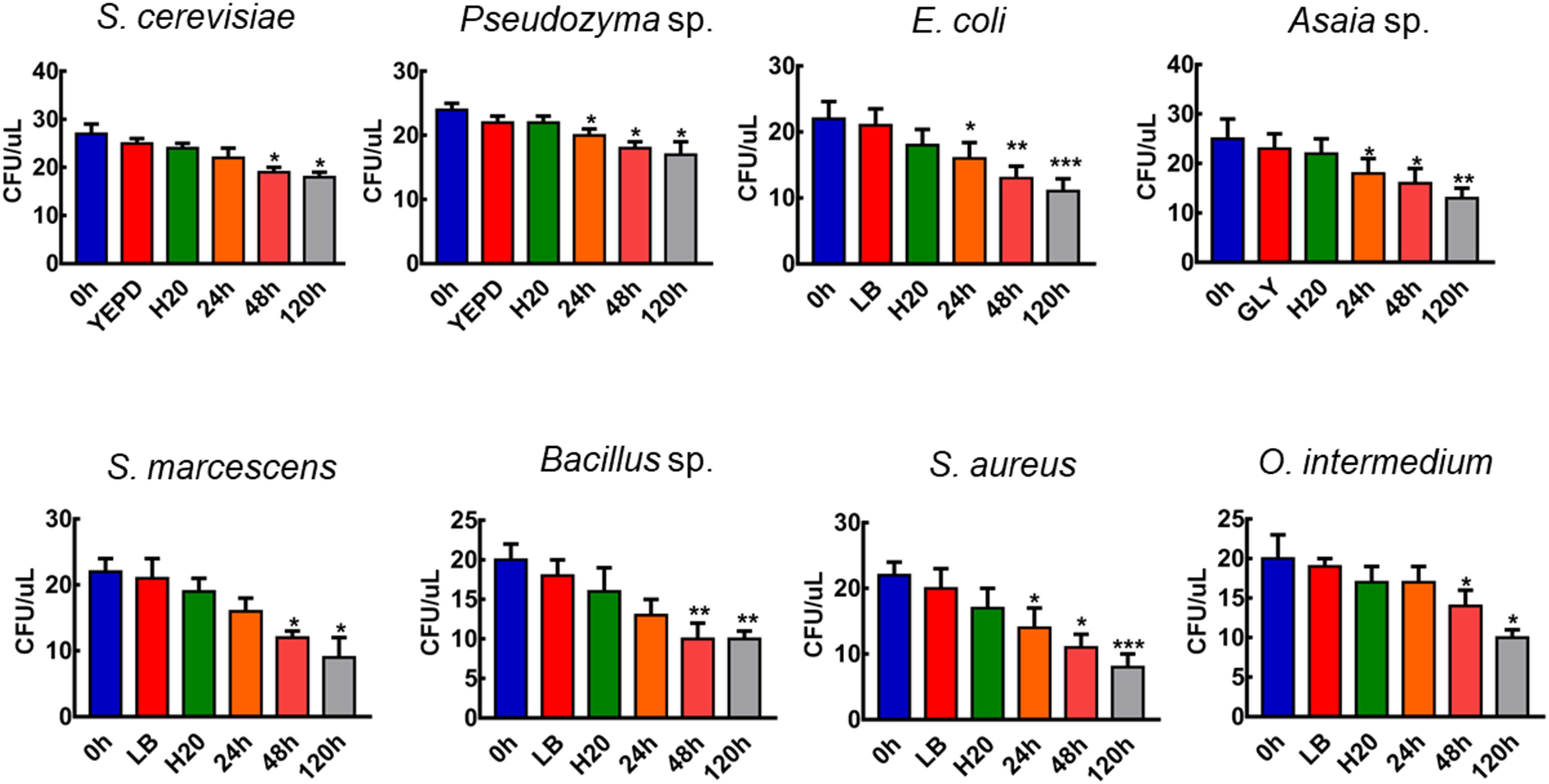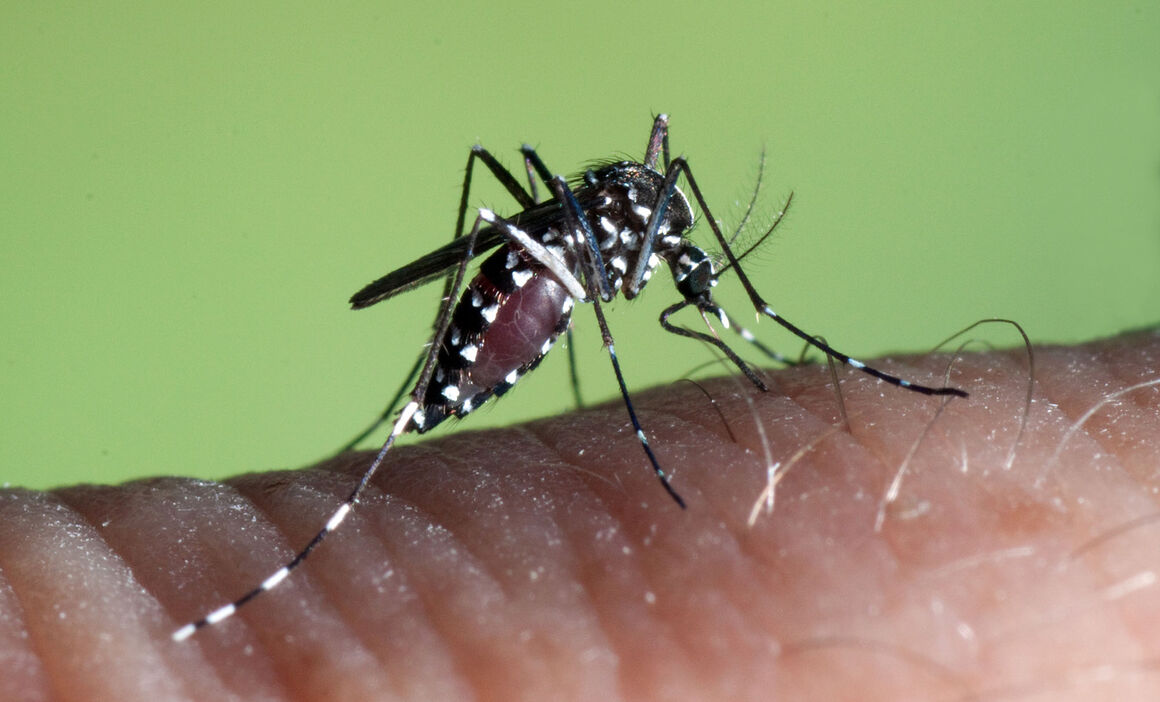Total Body Measurement Of Aedes Larvae
Albopictus larvae compared with higher income blocks that had fewer than 50 containers per km 2.
Total body measurement of aedes larvae. Boxplots show quartiles and spread in wing measurement data. Aegypti larvae did not differ between fw and septic water. The second and third instars showed minimum body length when fed with anophe line larvae and fish fingerlings. Rehner humber and avermectins on the survival and physiological parameters of aedes aegypti linnaeus 1762 larvae dopamine concentration glutathione s transferase gst nonspecific esterases.
Aedes albopictus body size differs across neighborhoods with varying. Body water content was determined by the method of shapiro 1967. The effect of the entomopathogenic fungus metarhizium robertsii jf. Combination of insect pathogenic fungi and microbial metabolites is a prospective method for mosquito control.
The fourth nymphal instar showed minimal body length when fed with aedes larvae and the fifth nymphal instar with anopheline larvae. Heavy lines denote. In the last three operations dncc found aedes mosquito larvae at 2686 houses after visiting 274576 houses said an official of dncc. Ten percent of the total food amount is fed on days 0 2 4 and 5 which corresponds to 1 mg per larva and 20 are fed on days 7 8 and 10 2 mg per larva.
Measurement of individual organ was subjected to statistical analysis of variance. This study set out to characterize the ion transport mechanisms in the anal papillae of larval aedes aegypti. Furthermore mean body weight in mg and total body moisture between 8590 of total larval mass of 4 th instar laboratory a. Body na and cl uptake in whole larvae patrick et al 2002b.
Measurements were adopted on ten larvae per each time interval 6 12 24 and 48hrs after treatment. During 22 may to 20 july 2000 immature mosquitoes were collected from 12722 containers in 2931 houses of which 424 held 1 ae. The mobile courts have realised tk 4812510 from the. The body water content was calculated as the difference between.
We studied breeding container characteristics in relation to size and abundance of aedes aegypti larvae and pupae in iquitos peru and compared these with the size of resulting adult females. While heightened temperature increases the development rate of mosquitoes for aedes aegypti larvae that commonly experience food limitation in urban habitats temperature effects on adult production may also be influenced by changes in the capacity of larvae to survive without foodwe carried out experiments at 2c intervals between 20 and 30c on the growth maturation rate and the. The total amount of food per larva is 10 mg divided into seven subportions to avoid mold formation and decrease the number of partial water changes.
















